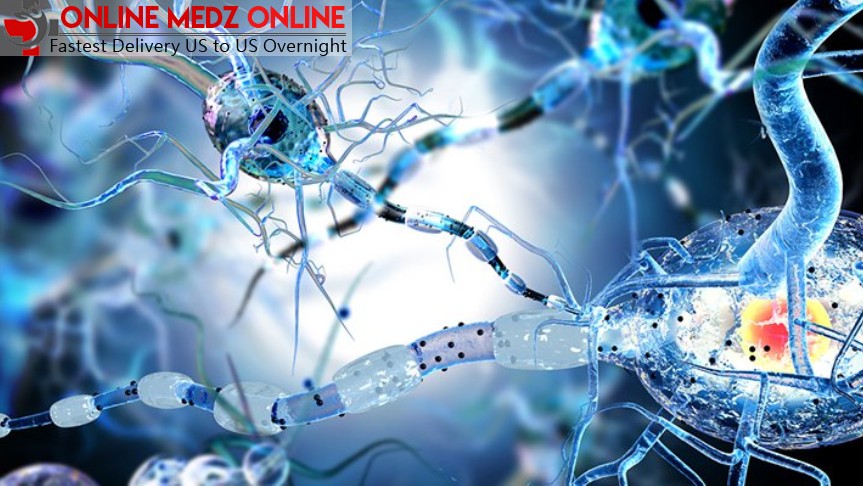
Brain damage of patients with Covid-19
How Covid-19 Damage Brain
A detailed study of how COVID-19 influences a patient’s brain by National Institutes of Health researchers consistently detected hallmarks of damage caused by thinning and leaky brain blood vessels in tissue samples from patients who died soon after contracting the disease. Besides, they noticed no signs of SARS-CoV-2 in the tissue samples, suggesting the damage was not due to a direct viral attack on the brain. New England Journal of Medicine published the results as a correspondence.
Avindra Nath, currently an M.D., director at the NIH’s National Institute of Neurological Disorders and Stroke (NINDS) and study’s senior author, stated, “The study discovered that the brains of patients who catch the infection from SARS-CoV-2 might be susceptible to microvascular blood vessel damage. These results suggest that this may be due to the body’s inflammatory response to the virus. We believe these results will assist doctors in understanding the full spectrum of difficulties patients may experience so that we can come up with better treatments.”
Briefly Explain What is Covid-19
- COVID-19 is principally a respiratory disease, but patients often encounter neurological problems like delirium, headaches, cognitive dysfunction, dizziness, loss of the sense of smell, and fatigue.
- The condition may also lead patients to suffer strokes and other neuropathologies. The disease can induce inflammation and blood vessel damage, several studies have shown.
- The researchers detected small amounts of SARS-CoV-2 in some patients’ brains in one of these studies. Nonetheless, scientists are still attempting to figure out how the disease affects the brain.
- The researchers led an in-depth investigation of brain tissue samples from 19 patients who had died after contracting COVID-19 between March and July 2020 in the study. Of these Chief Medical Examiner’s Office in New York City provided 16 patients samples.
- In contrast, the pathology department at the University of Iowa College of Medicine, Iowa City, offered the other 3 cases. The patients died at a broad range of ages, from 5 to 73 years old, within a few hours to two months after having symptoms.
- Many patients had more than one risk factors like cardiovascular disease, diabetes, and obesity. Eight of the patients were pronounced dead at their residence or in public settings. Another three patients collapsed and died suddenly.
Initially, the researchers used a unique, high-powered magnetic resonance imaging (MRI) scanner that is 4 to 10 times extra sensitive than most MRI scanners to examine samples of the olfactory bulbs and brainstems patient. These regions are highly susceptive to COVID-19. Olfactory bulbs constrain our sense of smell, while the brainstem controls our heart rate and breathing. The scans revealed that both regions had an abundance of bright spots, called hyperintensities. It often indicates inflammation, and dark spots, called hypointensities, represent bleeding.
The researchers then utilized the scans as a model to analyze the spots more closely under a microscope. The conclusion was that the bright spots contained thinner blood vessels than usual and sometimes leaking blood proteins, like fibrinogen, into the brain. It appeared to trigger an immune reaction. The T cells of the blood and the brain’s immune cells called microglia covered the spots. In opposition, the dark spots contained both clotted and leaky blood vessels but no immune response.
“We were stunned. Incipiently, we expected to see the damage that is caused by a lack of oxygen. Rather, we observed multifocal areas of damage that is normally associated with strokes and neuroinflammatory diseases,” stated Dr. Nath.
The researchers eventually detected no signs of infection in the brain tissue samples even though they used different techniques for detecting genetic material or proteins from SARS-CoV-2.
“Notably, our results imply that the damage we observed may not have been caused by the SARS-CoV-2 virus directly infecting the brain,” said Dr. Nath. “In the eventuality, we intend to study how COVID-19 hurts the brain’s blood vessels and whether that induces some of the short- and long-term symptoms we see in patients.”
